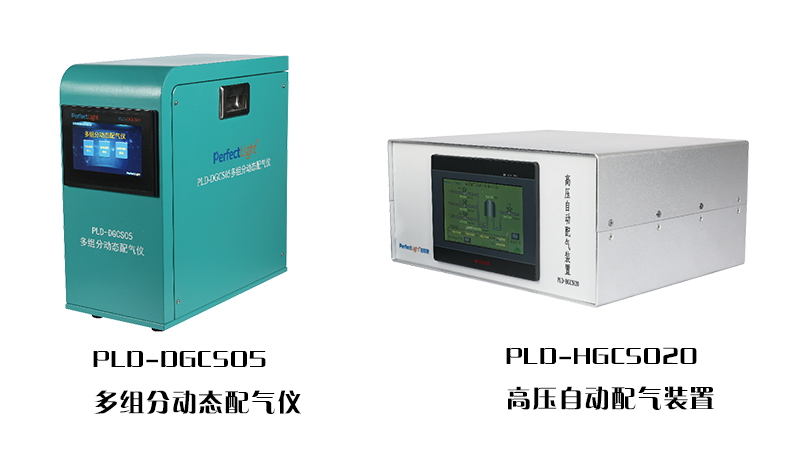In common chemical reactions, gases are often used as reactants, and it's common to mix, proportion, or dilute the gases used.
There are two common methods for gas blending:
Static Gas Blending:
In static gas blending, a certain amount of gas feedstock is introduced into a known-volume container, and then diluent gas is added to achieve homogeneity. The feedstock gas can be pure gas or a mixture of known concentration. Typically, gas cylinders are connected directly to the reaction apparatus, such as a pressure-resistant reactor, reaction vessel, or tube furnace, via pressure reducing valves and mass flow meters. Static gas blending equipment is usually simple and easy to operate, but it has the following issues:
1. Due to the reactivity of pollutants in the atmosphere, prolonged contact with the container walls may lead to reactions, and there may be adsorption of gases on the container walls, resulting in inaccurate gas concentrations.
2. When gas is introduced, the outlet end of the reaction apparatus needs to be closed; improper flow control can lead to pressures exceeding safe conditions, posing safety risks.
3. The maximum achievable pressure is limited by the gas source, and it's not possible to increase the pressure inside the reaction apparatus beyond the outlet of the gas source, limiting its use and resulting in gas waste.
4. During gas filling, precise pressure control cannot be achieved.
Dynamic Gas Blending:
In dynamic gas blending, feedstock gases of known concentration are continuously delivered into a gas mixing chamber at lower flow rates and a specified gas blending ratio. After mixing in the mixing chamber, the resulting gas with a desired concentration is continuously output at higher flow rates for use in reactions. Compared to static gas blending, dynamic gas blending can provide high-flow mixed feedstock gases and allows for precise adjustment of the flow rate ratio between feedstock gas and diluent gas, making it particularly suitable for preparing low-concentration standard gases. In environmental and waste gas monitoring, standard gases are used as the basis for testing and evaluation, sampling efficiency assessment, standard curve generation, instrument calibration, and quality control.
Perfectlight Technology offers two devices, PLD-DGCS05 Multi-Component Dynamic Gas Blending System and PLD-HGCS020 High-Pressure Automatic Gas Blending System, designed for different experimental systems with varying pressure requirements.
